OLED Touch Screens: Enhancing User Experience with Vibrant Displays and Responsive Touch Interaction
OLED touch screens, also known as OLED touch screen displays, combine the superior image quality of Organic Light-Emitting Diode (OLED) technology with the interactive capabilities of a touch screen panel. This innovative technology offers a captivating user experience, blending stunning visuals with intuitive touch control.
Key Features:
-
Exceptional Display Quality: OLED touch screens deliver exceptional image quality with vibrant colors, high contrast ratios, and true blacks, providing a visually immersive experience.
-
Responsive Touch Interaction: The touch screen panel overlay enables users to interact with the display through intuitive touch gestures, such as taps, swipes, and pinches.
-
Energy Efficiency: OLED screens are typically more energy-efficient compared to LCD touch screens, consuming less power without compromising performance.
-
Flexible Design: OLED displays offer greater flexibility in design, allowing for thinner, lighter, and curved touch screens.
Applications:
-
Smartphones and Tablets: OLED screens are increasingly used in premium smartphones and tablets, providing a superior viewing experience and enhanced user interaction.
-
Smartwatches and Wearables: OLED displays are becoming prevalent in smartwatches and wearable devices due to their compact size, low power consumption, and high image quality.
-
Televisions and Monitors: OLED TVs and monitors are gaining popularity, offering exceptional image quality and immersive viewing experiences.
-
Automotive Displays: OLED touch screens are being integrated into automotive dashboards and infotainment systems, enhancing the driving experience.


-300x300.jpg)
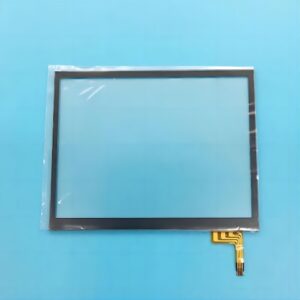
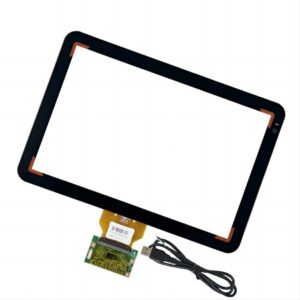
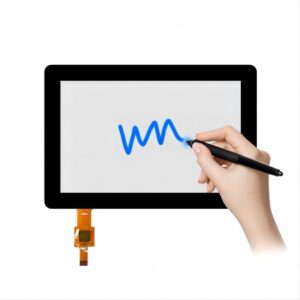
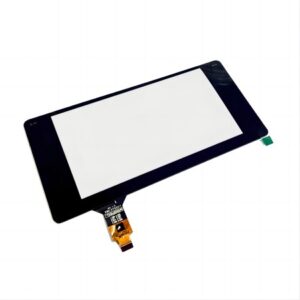
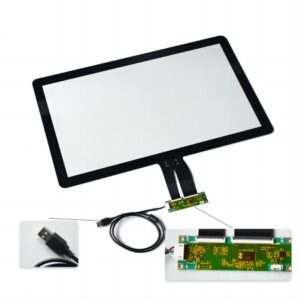
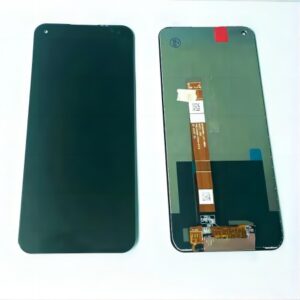
-300x300.jpg)